Rhinoceros - Grasshopper - Keyshot | Workflow 6
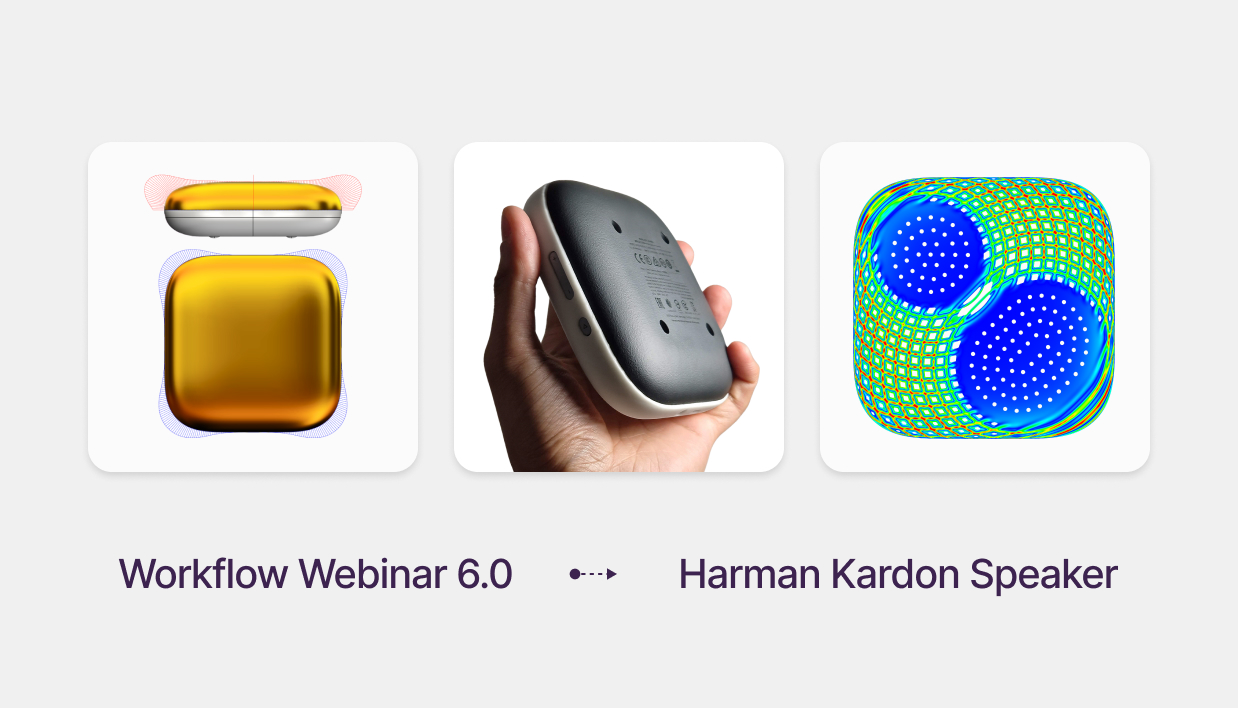
Download Files: cademy.xyz/webinar6
The Harman Kardon Neo is an iconic speaker, recognized for its sleek, circular design and intricate parametric texture on top. While its form appears simple, achieving perfect curvature continuity and surface quality requires precision Class A modeling. Additionally, the parametric texture demands algorithmic modeling techniques.
In this Cademy Blog, we’ll walk you through the complete process of modeling this speaker and creating custom acoustic textures using Rhino 3D and Grasshopper.
Step 1: Construct the Guide Curves
1. Start from the top view to maintain proper proportions.
2. Ensure precise dimensions between the curves.
3.Model only one-quarter of the full shape to maintain symmetry.
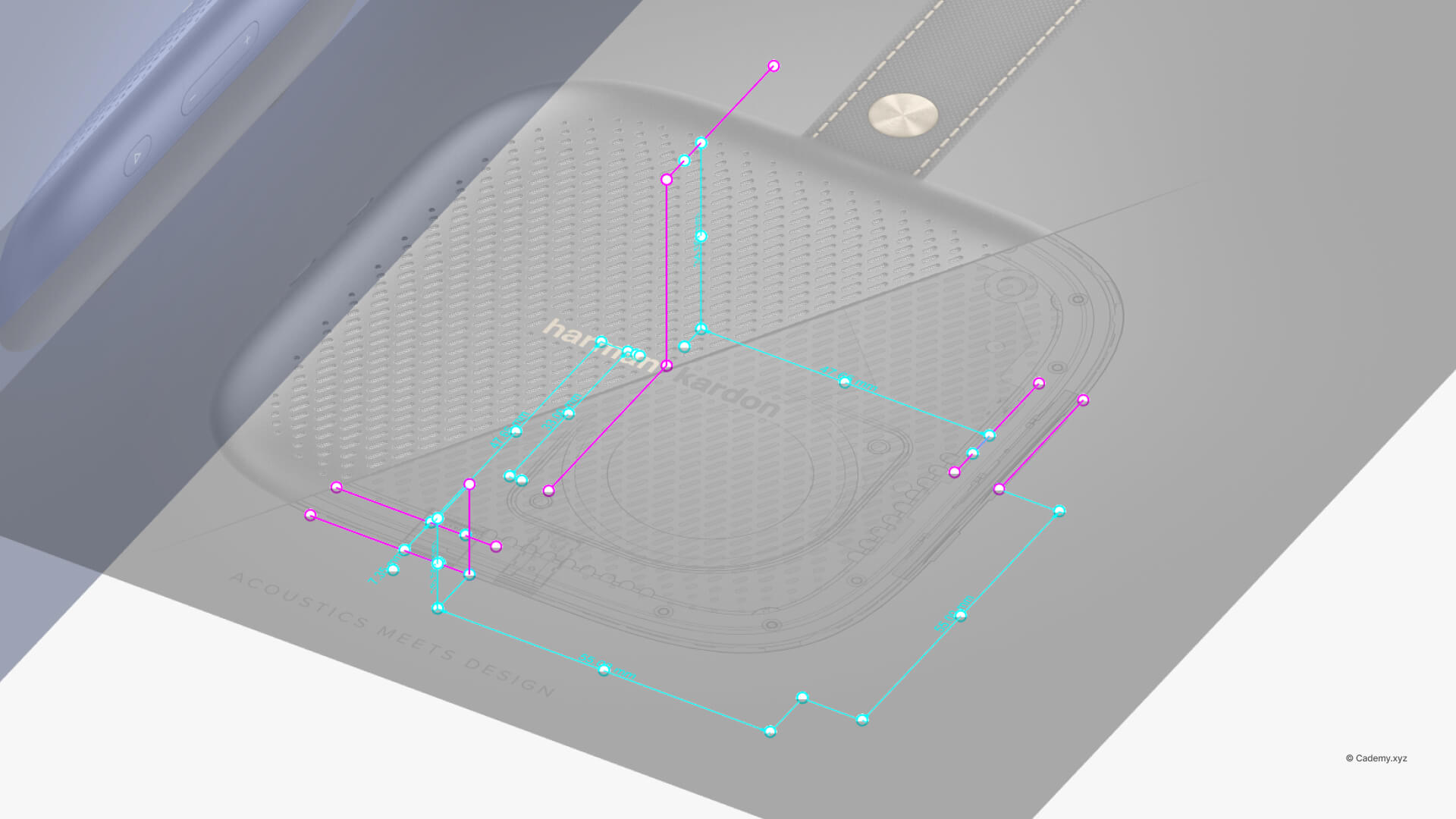
Step 2: Create Blend Curves
4. Use the Blend Curve tool to connect the guide curves.
5. Aim for G4 continuity to ensure a smooth, high-quality transition.
6. Generate a single-span, degree 9 curve for optimal precision.
7. Check the curvature graph to ensure smooth fading.
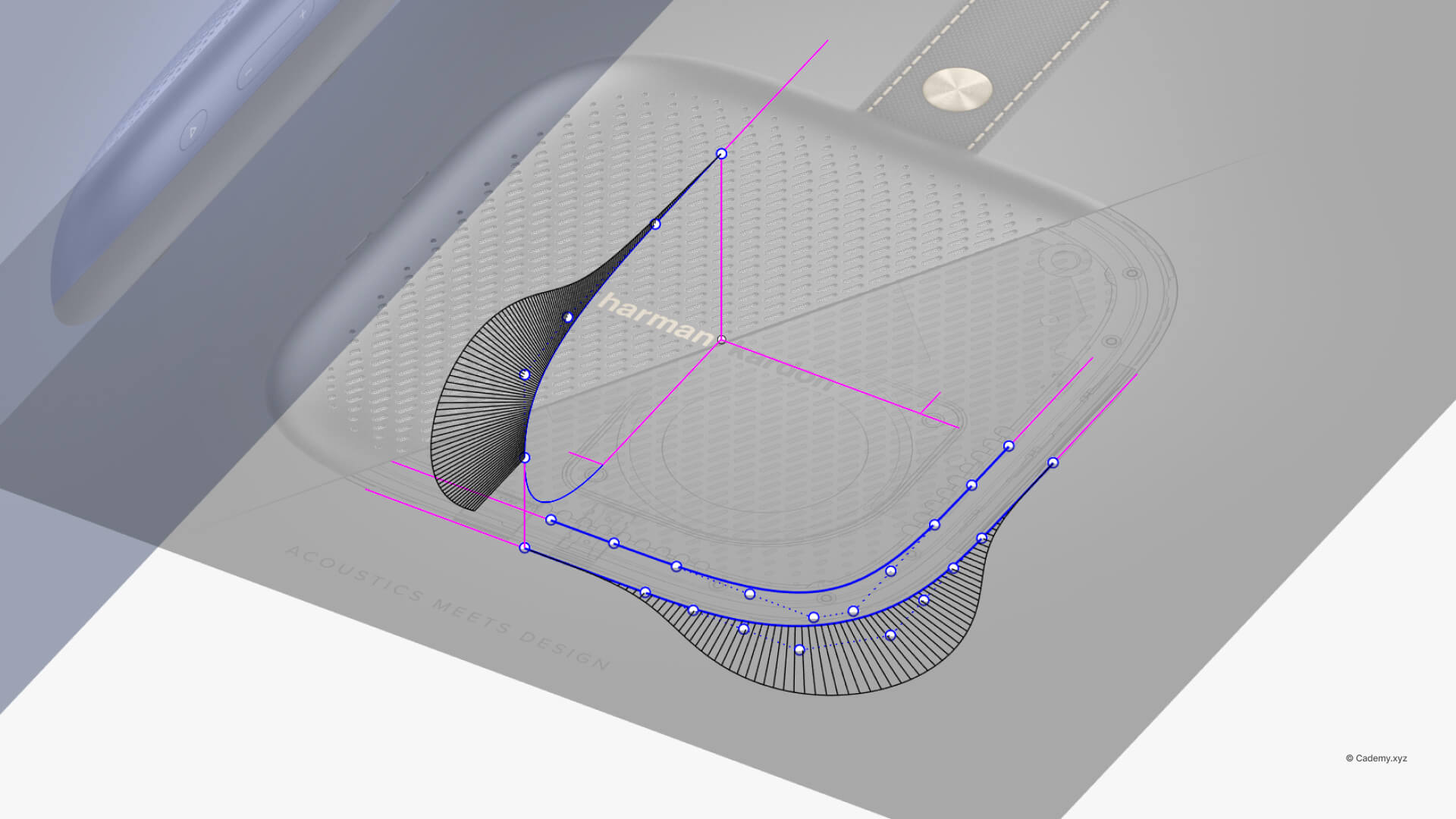
Step 3: Mirror the Geometry
8. Mirror the quarter section to complete the full circular shape.
9. Ensure all mirrored segments align perfectly before proceeding.
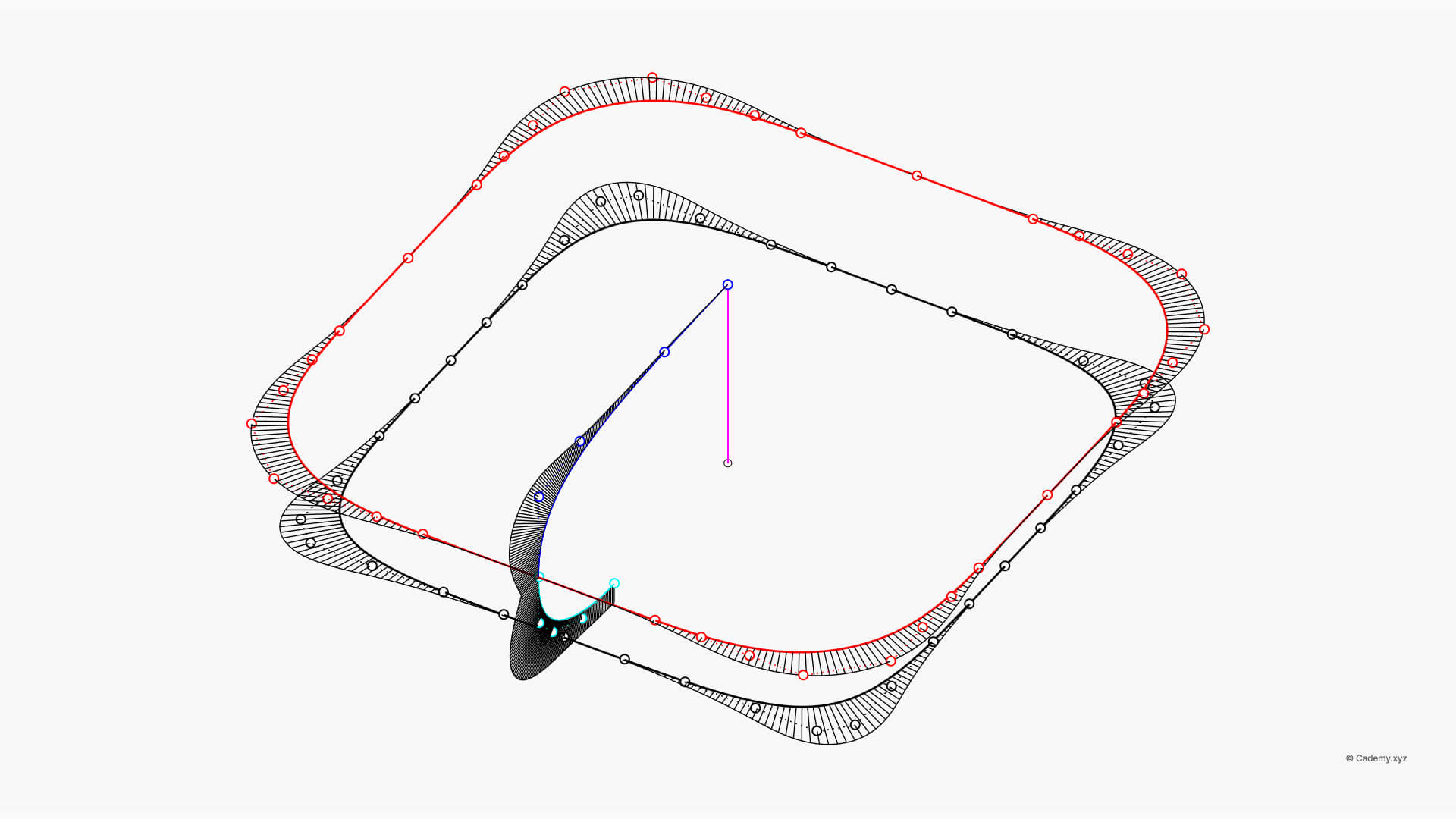
Step 4: Rail Revolve
10. Use the Rail Revolve command to create the main body.
11. This will generate a single, closed surface with seamless curvature.
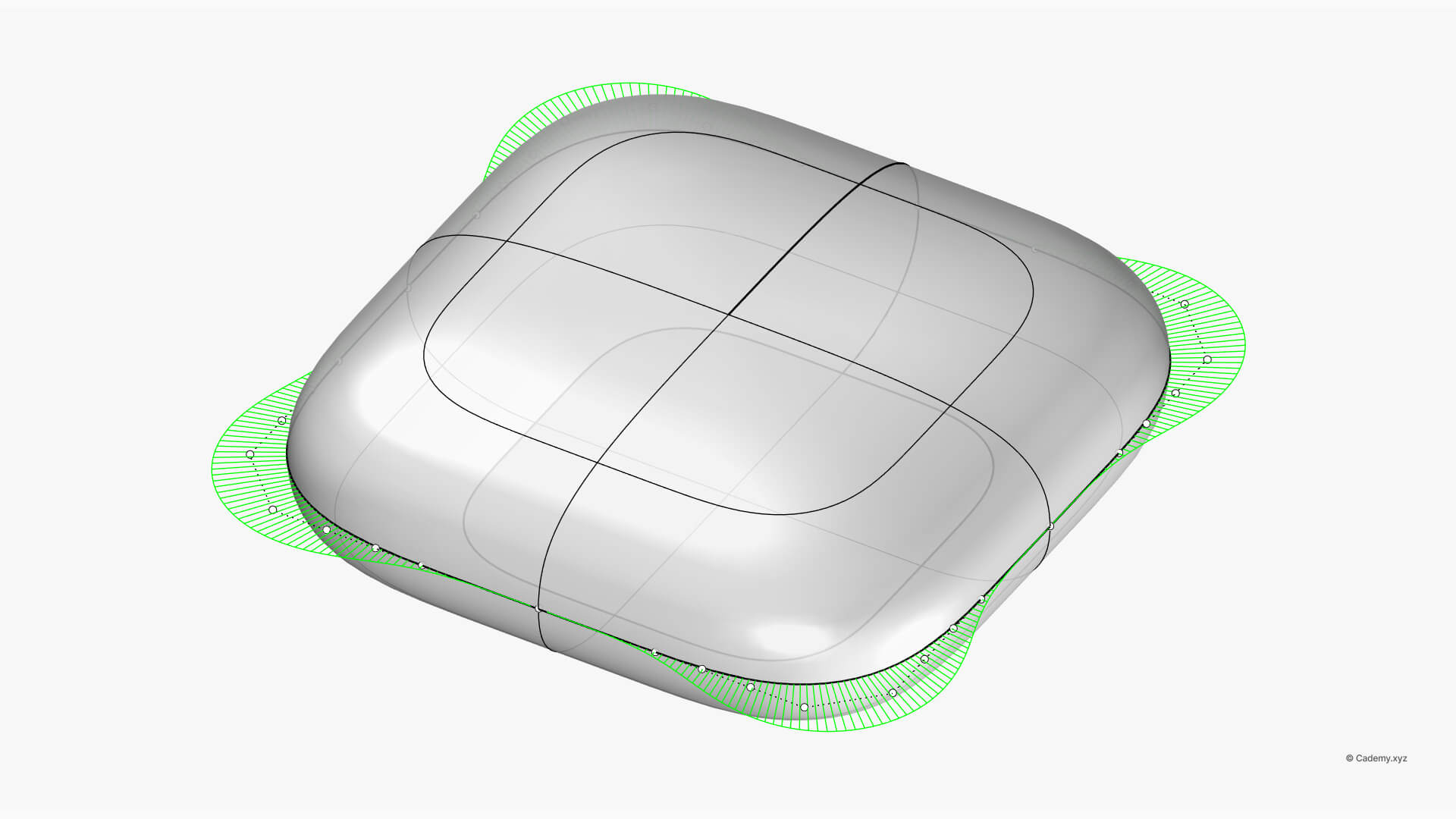
Step 5: Add Buttons
12. Use solid modeling techniques to design the buttons.
13. Offset the base curves and apply Boolean Difference to carve out button details.
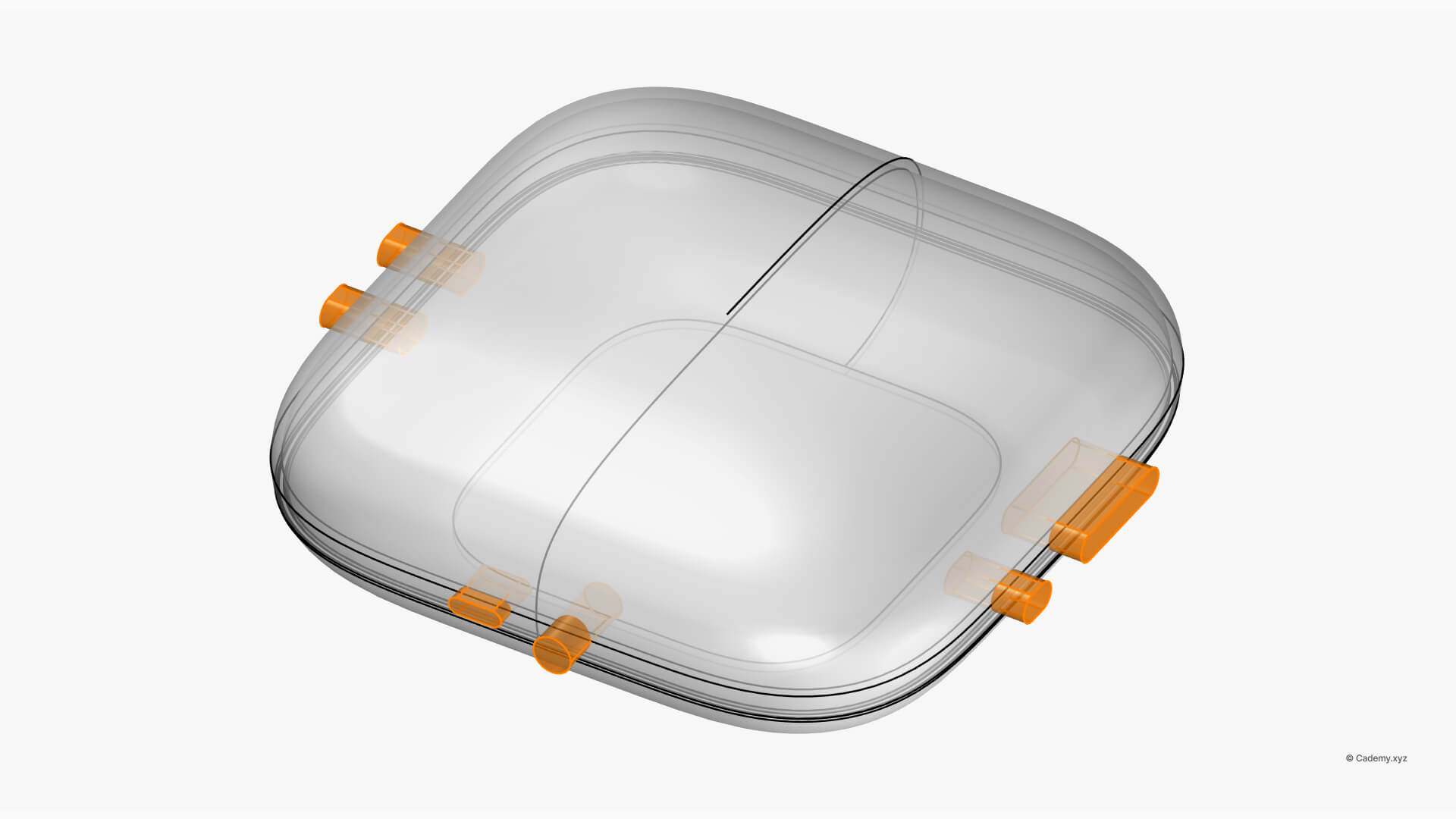
Step 6: Split the Solid
14. Divide the speaker into two halves to accommodate internal electronics.
15. Add space for USB-C and AUX ports to maintain functionality.
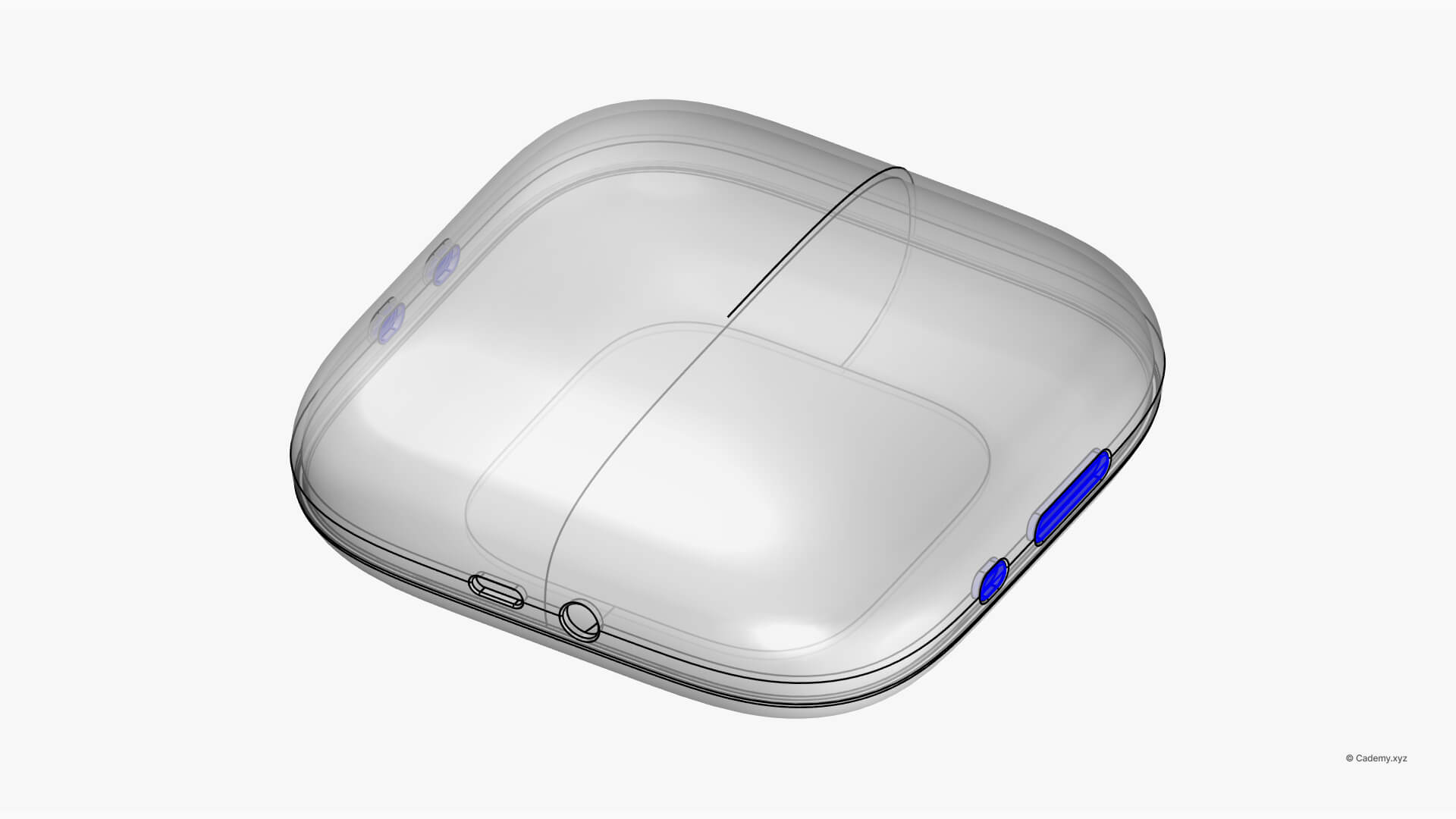
Step 7: Apply Parametric Texture in Grasshopper
16. Import the top surface into Grasshopper.
17. Use intersections and reference planes to define texture placement.
18. Create a boundary curve attractor to distort rectangle patterns dynamically.

Step 8: Bake and Boolean
19. Bake the extrusions from Grasshopper.
20. Use Boolean Difference to imprint the parametric texture onto the surface.

Step 9: Final Assembly
21. Combine all elements to create the final model.
22. Ensure a clean topology before moving to rendering.
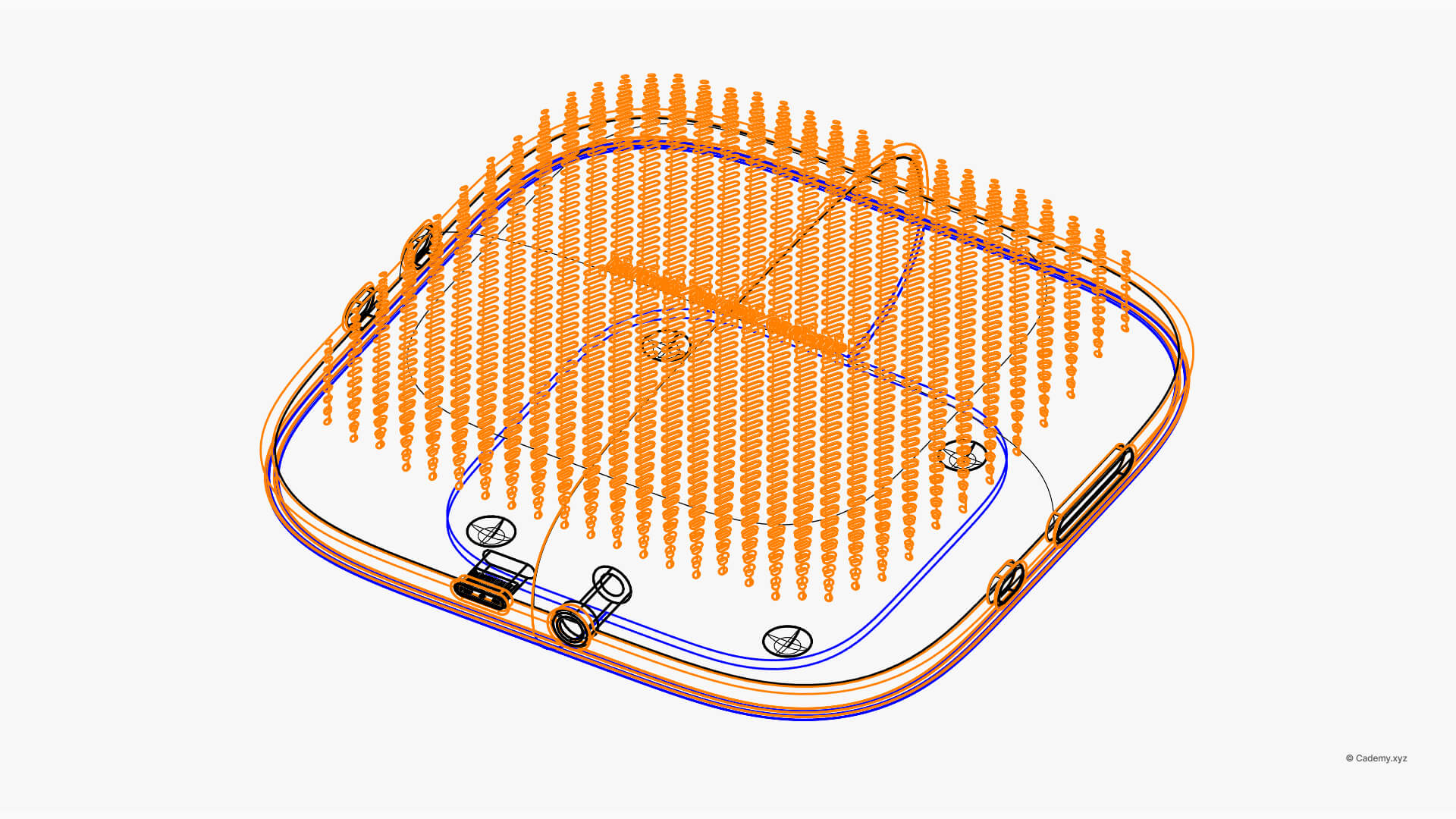
Step 10: Render in KeyShot
23. Export the model to KeyShot for final visualization.
24. Set up a custom studio using HDRI lighting for a polished, professional look.
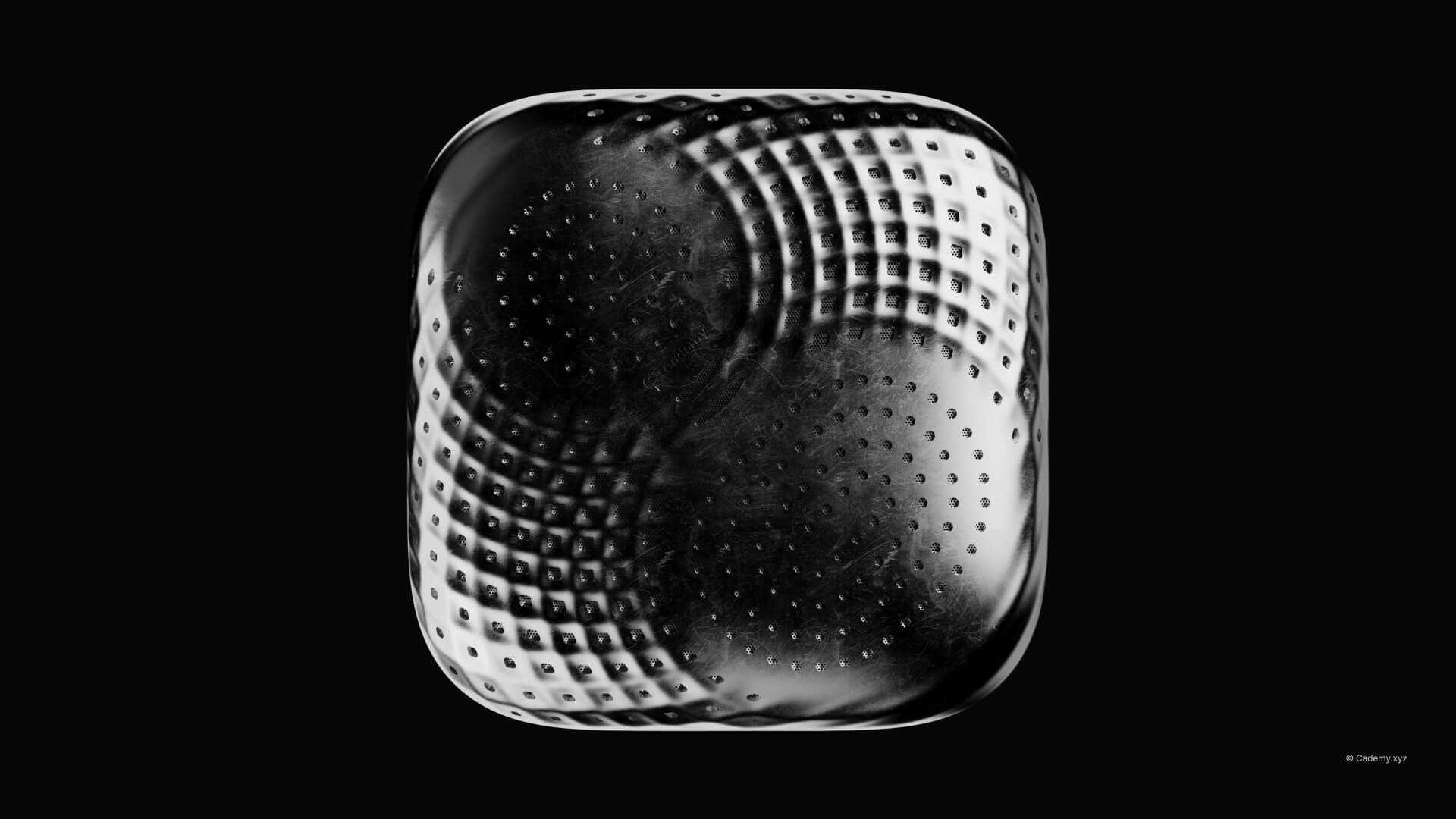
Software Used
- Rhinoceros 3D
- Grasshopper 3D
- Keyshot
3D Printing Process
- Export STL files.
- Compatible with SLA + FDM printing techniques.
Thank you for reading ❤️
Don’t miss out, enroll today.





